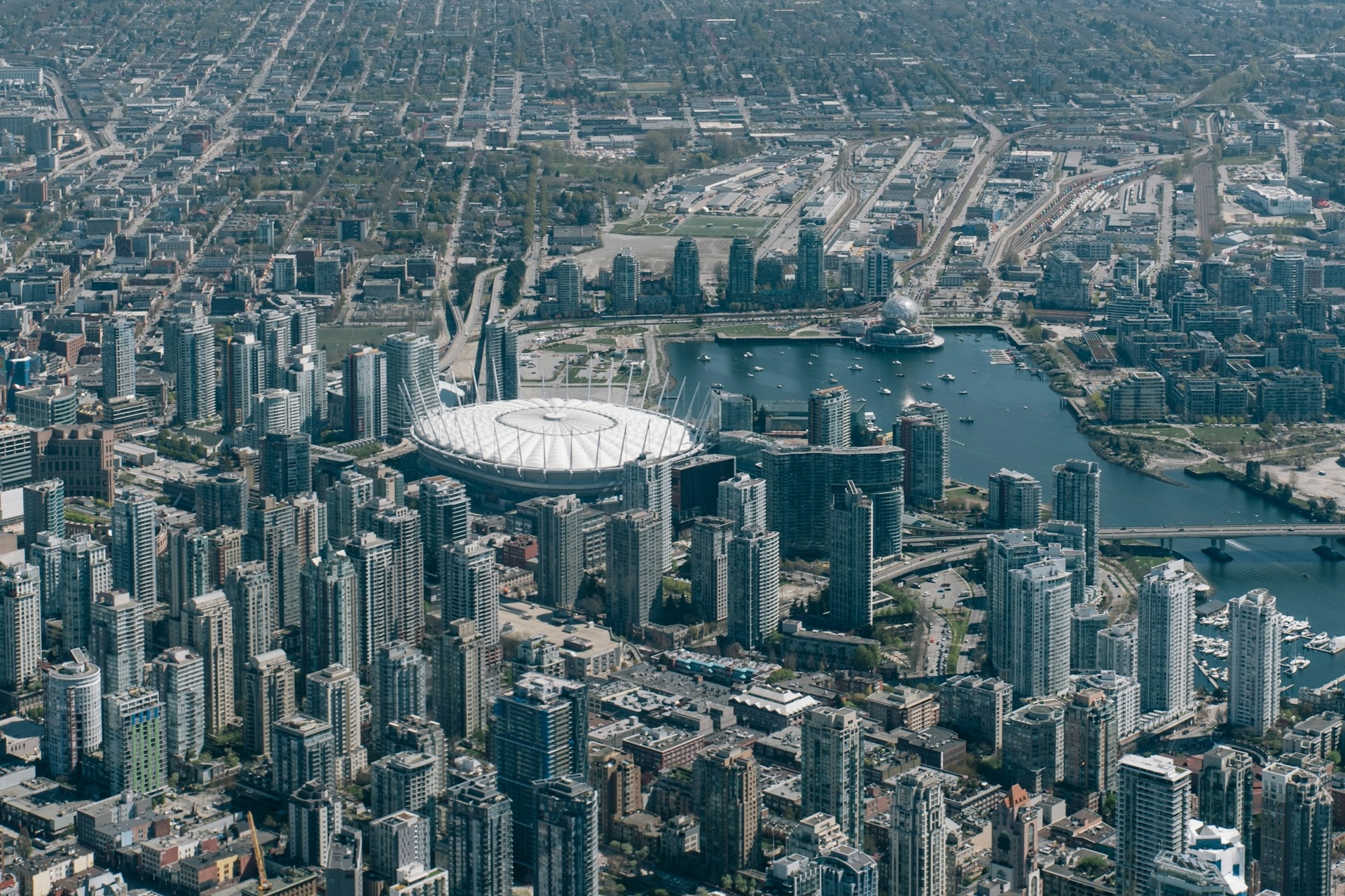The widely predicted 0.25% cut to the cash rate yesterday is a welcome handout to homeowners but cannot fill the widening void of concern about policy decisions coming out of the White House.
Housing and mortgage industry insiders seem largely in agreement that the Reserve Bank’s decision yesterday marks the official start of the ‘year of cuts’ and points to the beginning of easing cycle expected to continue well into next year.
Despite positive commentary from governor Michele Bullock around the strength of the domestic economy, concerns continue over a potential US-China trade war and what it could mean for interest rates worldwide.
"Consistent with recent messaging from Reserve Bank officials, the board refrained from providing clear forward guidance on the timing or scale of future rate cuts,” Deloitte Access Economics partner Stephen Smith said.
“Discerning the extent to which these uncertainties change expectations for the Australian economic outlook is a key challenge for the RBA at present.”
Financial breathing room?
Despite policy tensions, Mr Smith said the move to slash the rate to a two-year low of 3.85% struck “the right balance between insuring against geopolitical shifts while not overreacting to the daily news cycle”.
“Households with a mortgage will welcome some additional financial breathing room,” he added.
Real Estate Institute of Australia president Leanne Pilkington has welcomed the rate cut. Picture: supplied
Real Estate Institute of Australia president Leanne Pilkington agreed it was clear the pre-rate cut market was making it too difficult for Australians to get into the property market, welcoming the 0.25% cut as a much-needed boost for housing affordability.
However, the Australia Institute chief economist Greg Jericho said yesterday’s rate cut – which could have been as much as 50 basis points – may not have gone far enough to restore balance in the economy.
“Borrowers have endured two full years of pain, as rates shot up quickly but started coming down slowly,” he said. “People are still hurting, and there's no need to keep inflicting unnecessary additional pain.”
A closing door on economic growth?
Ray White Group chief economist Nerida Conisbee said the rate cut was welcome but warned it was driven “primarily by continued global uncertainty brought about by the election of Trump in the US”.
The RBA’s monetary statement – published on Tuesday – reiterates its view that Australia is not immune to shifts in global trade policy.
US president Donald Trump recently called a truce with China though it is likely this will implode. Picture: Getty
Mr Smith says the major implications for Australia are likely to be through indirect trade and financial market channels, adding a structural slowdown in China “could be exacerbated by tariffs”.
"A deterioration of growth in China would weigh on Australian exports,” he explained. “However, it could also mean access to cheaper goods in Australia, and softer inflation.
Ms Conisbee agreed the impact on China specifically has significant potential to stifle domestic economic growth – unwelcome news as Australia continues to grapple with low productivity levels.
“In addition, while Australia is not a major trading partner with the US, supply chain disruptions and the potential for global pricing by US companies is likely to impact our inflation rate,” she said. “This could be offset somewhat by lower prices for products out of China however the extent to which this happens is highly uncertain.”
Where to next for rate cuts?
The big four banks are still split on where they see the flightpath of rate cuts this year, with National Australia Bank (NAB) still the most optimistic.
The Reserve Bank of Australia interest rate board will next meet in the new financial year on 8 July. Picture: Getty
NAB has priced in three more cuts for 2025, ahead of Commonwealth Bank and Westpac’s forecast for two and ANZ’s more conservative estimation for one.
Monash University economics professor Isaac Gross is expecting two further cuts for the rest of the year, contingent on both the continued moderation of inflation and the potential impact of US trade policies.
“Should Trump re-commit to radically higher tariffs, we would almost certainly see a large reduction in interest rates,” Dr Gross said. “On the other hand, the chance for further cuts could evaporate if inflation stays stubbornly high, which remains a real risk given the strength of recent job numbers and wage growth data.”
100,000 new homes?
When it comes to home building, Housing Industry Association senior economist Tom Devitt said this week’s cut should act as a catalyst for much-needed activity across the country.
It comes after Ms Bullock addressed lack of affordable housing in yesterday’s post rate cut press conference, stating the RBA had little control over the housing market.
The newly re-elected Albanese government last month pledged $10m towards 100,000 new homes for first-home buyers in its pre-election manifesto – an ambitious promise it will more than likely struggle to meet.
“Home building has fallen to its lowest volume in more than a decade following the rise in the cash rate from April 2022,” Mr Devitt said.
“Today’s cut, along with an expectation of further cuts in 2025, will improve market conditions and confidence and continue to support an increase in the volume of homes commencing construction.”
This article first appeared on Mortgage Choice and has been republished with permission.
















 English (US) ·
English (US) ·